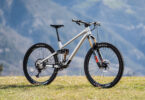The Lab
Pumped with motivation, we headed into the lab to gather the hard facts to refute, reinforce, or simply accompany our subjective impressions on the safest helmet. Satisfying the Europe-wide EN 1078 standard, the helmets (on a test dummy head) were subjected to a fall from 158 cm, which is equivalent to an impact at 19 km/h. The lids were also tested based on their fit – what’s the likelihood of it shifting or slipping off? After all, they can only protect your head if they stay in place.
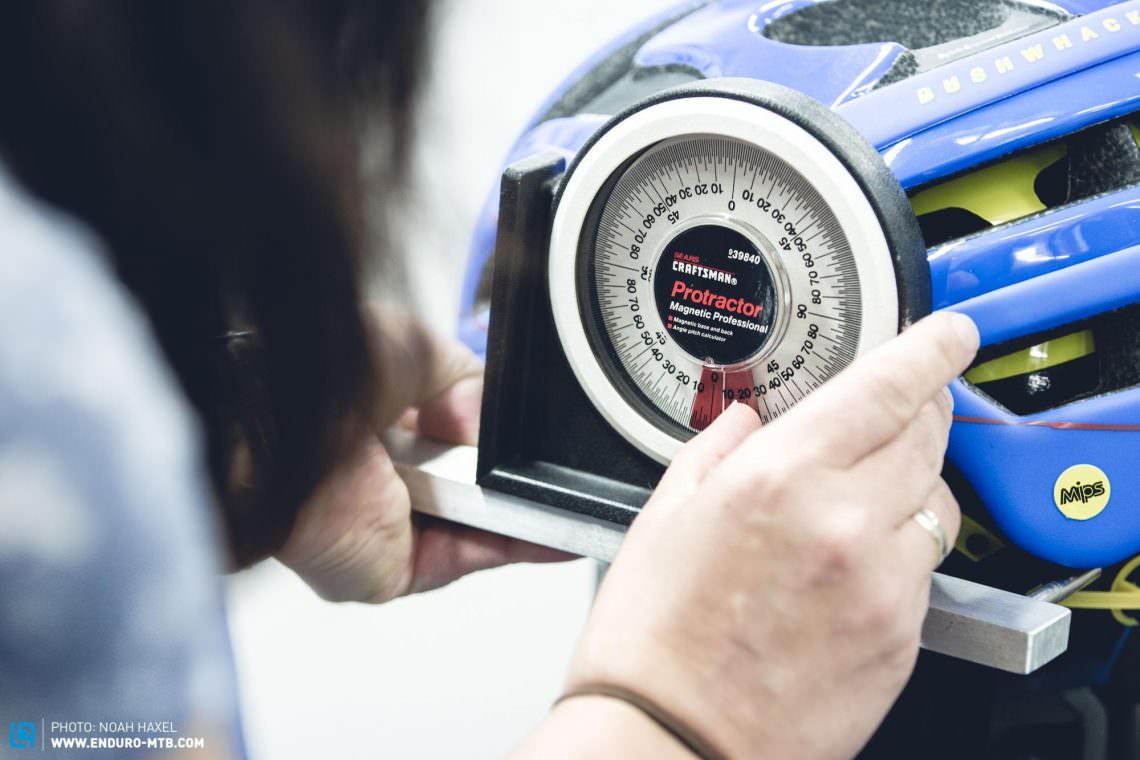
At the end of the testing, we were left with a pile of broken helmets and some wounded test dummies. All of the helmets easily satisfied the standard; their measured acceleration on impact lay between 135 g (g = gravitational acceleration-to-weight) and 180 g, and therefore all under the permitted limit of 250 g. The slippage test had similar results, with all of the helmets remaining in place on the head. If a helmet didn’t meet these norms, then it wouldn’t be fit for sale in Europe, so it’s not surprising to see them all pass with aplomb. Simply raising the height of the fall and therefore increasing the impact speed wouldn’t be a solution, and if our testing had thrown up any below-par findings, then we’d be able to do little other than stir up some controversy – we don’t really have enough research for legal grounding.
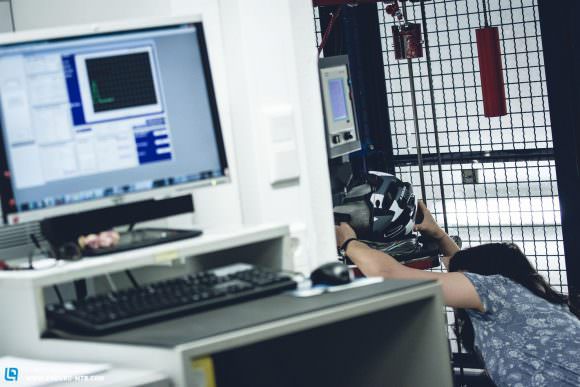
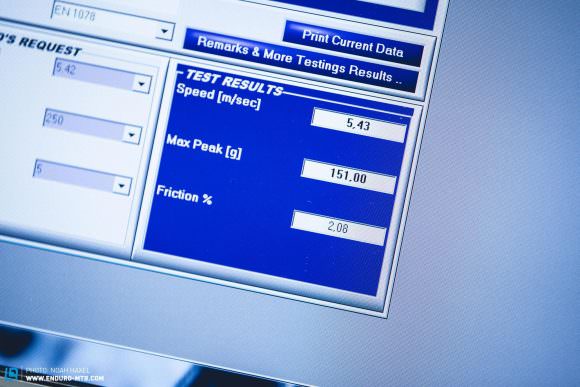
Testing methods across the globe are contentious too; when it comes to the slippage test, the helmet is rucked from the back to the front, but not the other way round. An oversight? We’re left with the conclusion that the safety of helmets for us and for buyers is rarely (if ever) assessed objectively. Making helmets safer in the future should be a task for independent research organisations and legislators, rather than journalists and marketing teams of helmet brands.
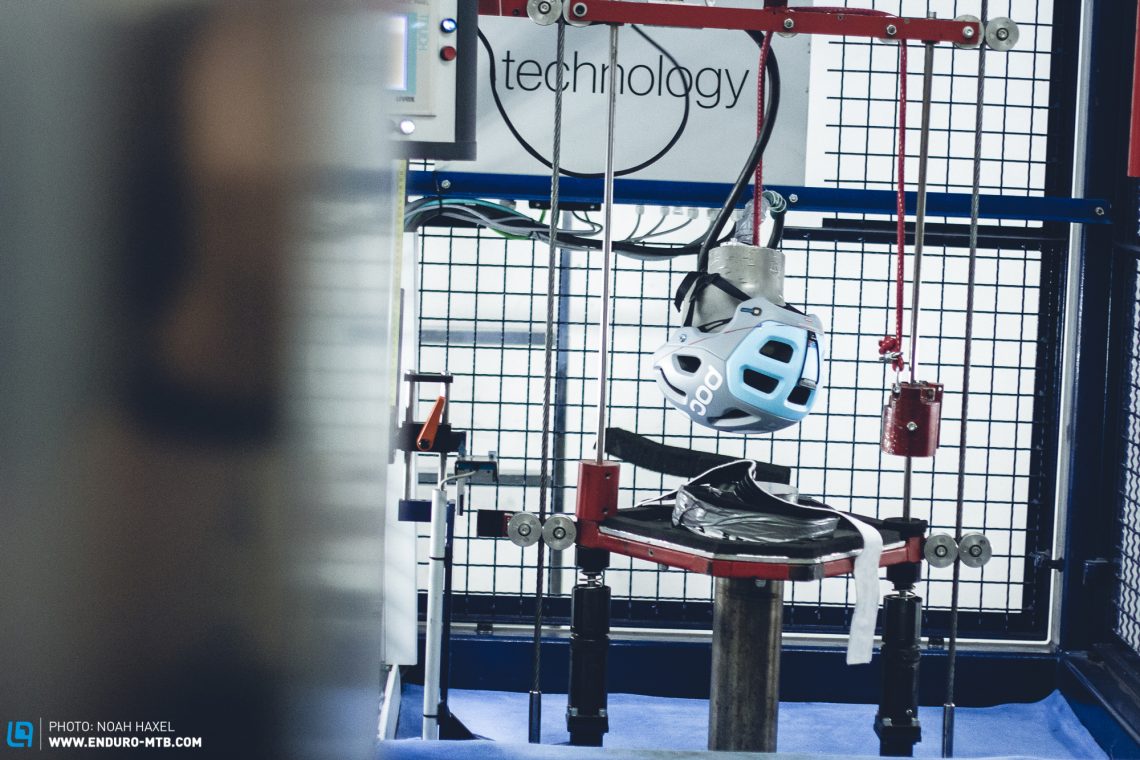
MIPS
While it most definitely isn’t a contagious disease, MIPS has spread across the market like the common cold – in the best possible way. Unlike a virus, MIPS has no intention of causing you harm, and instead should massively boost your safety. It has now been around for three years, and around half of the helmets on test come bearing this Multi-Directional Impact Protection System. The idea is that the addition of an extra non-fixed shell inside the helmet can dissipate rotational forces upon impact and therefore increase the rider’s safety and several independent studies have verified these claims. Once a helmet has MIPS, it’s usually a bit heavier, a bit more expensive, and a bit sweatier (although this depends on the model). These are the only real disadvantages, and they certainly aren’t enough to rule out the system in our opinion.

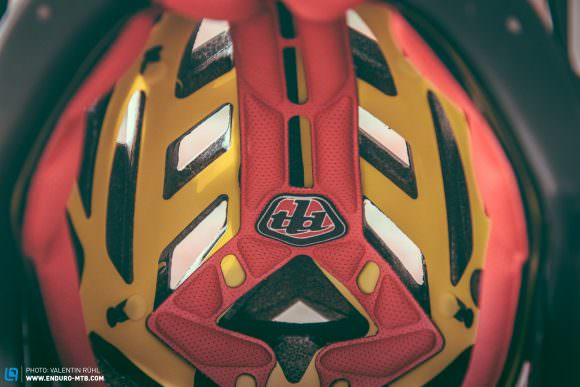
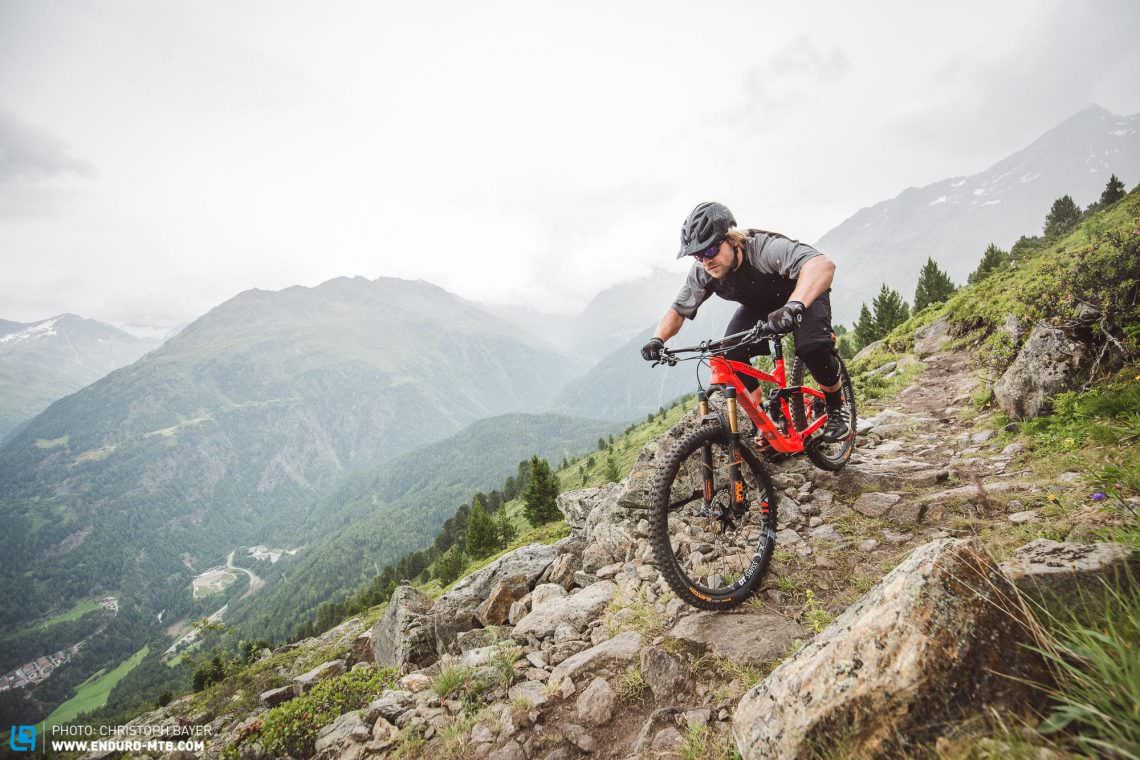
The reality
The first long day on the bikes came to an end, and post-ride opinions were collected. After each rider tested the helmets in a range of scenarios, they threw weaknesses into the pot along with strengths.
| Manufacturer | Price | Weight | Mips | Ventilation |
|---|---|---|---|---|
| Alpina Carapax | € 129.95 | 283 g (52-57) | No | ●●●●● |
| Giro Montaro MIPS | € 179.95 | 377 g (M) | Yes | ●●●●● |
| IXS Trail RS EVO | € 119.00 | 338 g (M/L) | No | ●●●●○ |
| Lazer Revolution | € 189.99 | 466 g (M) | Yes | ●●●○○ |
| POC Tectal Race | € 220.00 | 337 g (M/L) | No | ●●●●● |
| Scott Stego | € 179.95 | 332 g (M) | Yes | ●●●●○ |
| Specialized Ambush | € 159.90 | 295 g (M) | No | ●●●●○ |
| Sweet Protection Bushwacker MIPS | € 199.00 | 382 g (M/L) | Yes | ●●●●○ |
| Troy Lee Designs A1 MIPS Drone | € 212.49 | 390 g (M/L) | Yes | ●●○○○ |
| Uvex Finale | € 109.95 | 337 g (56-61cm) | No | ●●●●○ |




